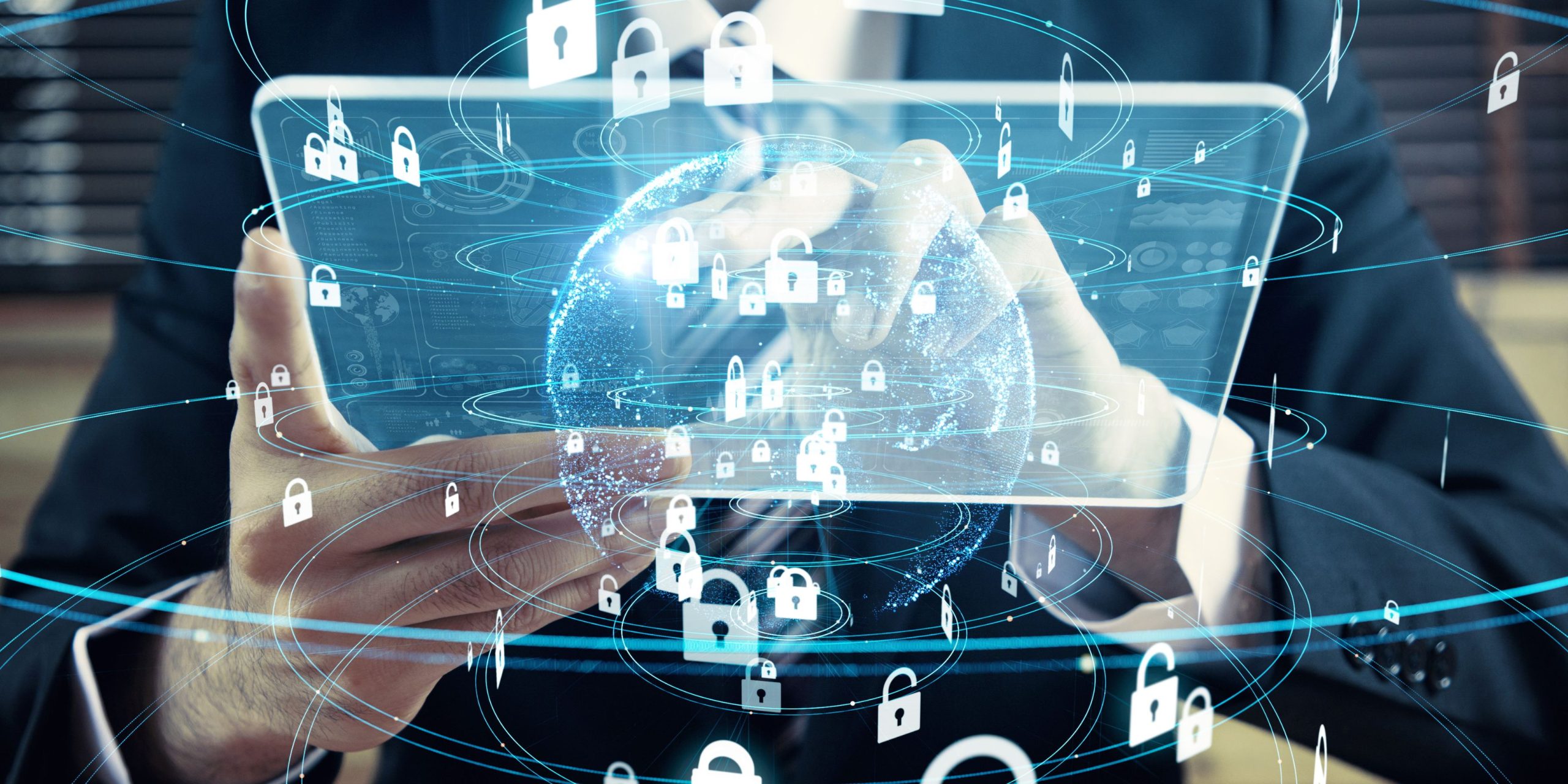Security and privacy are essentials in physical and cyber systems’ design, setup, and function. Over 15 years, they’ve shifted from minimal funding to C-Suite and board priorities. Privacy is also gaining traction, moving from compliance to a core value for people and firms.
Laws worldwide, like GDPR and others across the continents, are responding to surveillance concerns. Standards like ISO and NIST now cover privacy.
Security vs. Privacy?
Security protects data and systems from unauthorized access. It uses physical, cyber, and control measures to prevent breaches. Privacy focuses on personal information control and confidentiality, ensuring data use aligns with laws and ethics.
8 Insights on Combining Privacy and Security:
- Privacy and Security Work Together
- They’re not opposites but compliment each other.
- People Matter
- Educate your team. Informed teams better follow privacy and security protocols.
- Design Smart
- Integrate security, privacy, and usability from the start. It secures data and enhances user experience.
- Privacy Needs Security
- Risk assessments across the board ensure privacy through adequate security.
- Be Transparent
- Transparency boosts trust in privacy and security. Open systems allow peer review and improve strength.
- Reciprocity and Balance
- Offer control over personal data. Balance power legally and ethically.
- Stay Proactive
- Have a dedicated privacy contact. Understand your privacy profile.
- Set Privacy Standards
- Industry codes of ethics fill gaps. Be clear about privacy commitments and actions. A Privacy Code of Practice reduces risks and protects data.
Maxxess Systems Enhances Your Security and Privacy
Maxxess Systems leverages eFusion™ software to blend security and privacy seamlessly into your operations, ensuring robust risk management and adherence to legal standards.
Discover how Maxxess Systems can enhance your organization’s security and privacy.

